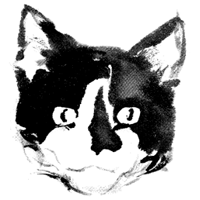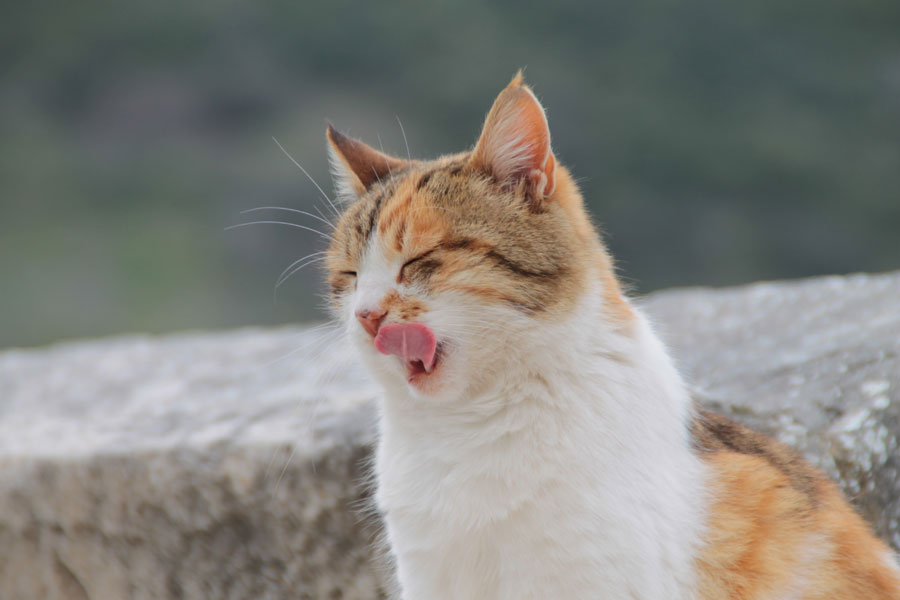Sparky’s Pet Sitting Service is named after the love of David’s life – Sparky Fox. We take cats seriously in our household. With quality, species appropriate nutrition, limited vaccines and no pesticides, cats in our household generally live long, healthy lives. When our neighbor died, we adopted her 19 year old cat, Tommy. We gave Tommy good food, a heated bed and a peaceful environment. He got very good at bossing around 3 Afghan hounds and 2 little Singapuras. Tommy lived to 23-1/2 years old.
Cats are obligate (true) carnivores. What that means is your cat was meant to eat other animals, not plants or grains. If your cat had the opportunity to hunt for food, he would choose rodents, insects and birds with this prey having high levels of water, protein and moderate fat levels. Cats are designed to utilize fat and protein for energy, with only a nominal requirement for carbohydrates. Putting thought into your cat’s food choices can result in a longer, healthier life. It will yield huge rewards over the lifetime of your cat; helping to avoid life-threatening, painful and costly illnesses.
So many of the diseases plaguing our cats are nutrition related. To name a few:
- Arthritis
- Obesity
- Diabetes
- Asthma
- Allergies
- Inflammatory Bowel Disease
- Chronic Renal Failure
- Hyperthyroidism
- Skin and coat problems
- Chronic vomiting
- Heart disease
Food allergies, diabetes and inflammatory bowel disease are becoming epidemic in cats. By feeding a diet that closely mimics a natural prey diet, our cat’s bodies are better nourished and healthier. Many of the above listed diseases may be avoided or eliminated
Start checking out labels and look for quality protein and fat. If you want to start exploring labels, check the first ingredients. Cats have a strong need for high-quality protein. Does the ingredient list start with a specifically named animal protein, e.g. chicken and chicken meal? Or, does it list poultry-by-products as the source of protein. There’s a big difference. Chicken and chicken meal offer high quality protein. Poultry-by-products are the leftover bits (beaks, feathers, and feet) that are swept off the slaughter house floor. Labels beginning with all grains are even more problematic for our cat carnivores. Cats have no dietary need for grains and their bodies are lacking the necessary amino acids and enzymatic pathways to utilize the nutrients.
Fortunately, for cats, the more progressive food companies are offering quality, grain free diets in a variety of formulas and types of food. There are grain free formulas available in raw diets, freeze-dried diets, canned foods and dry foods.
~ Cynthia

